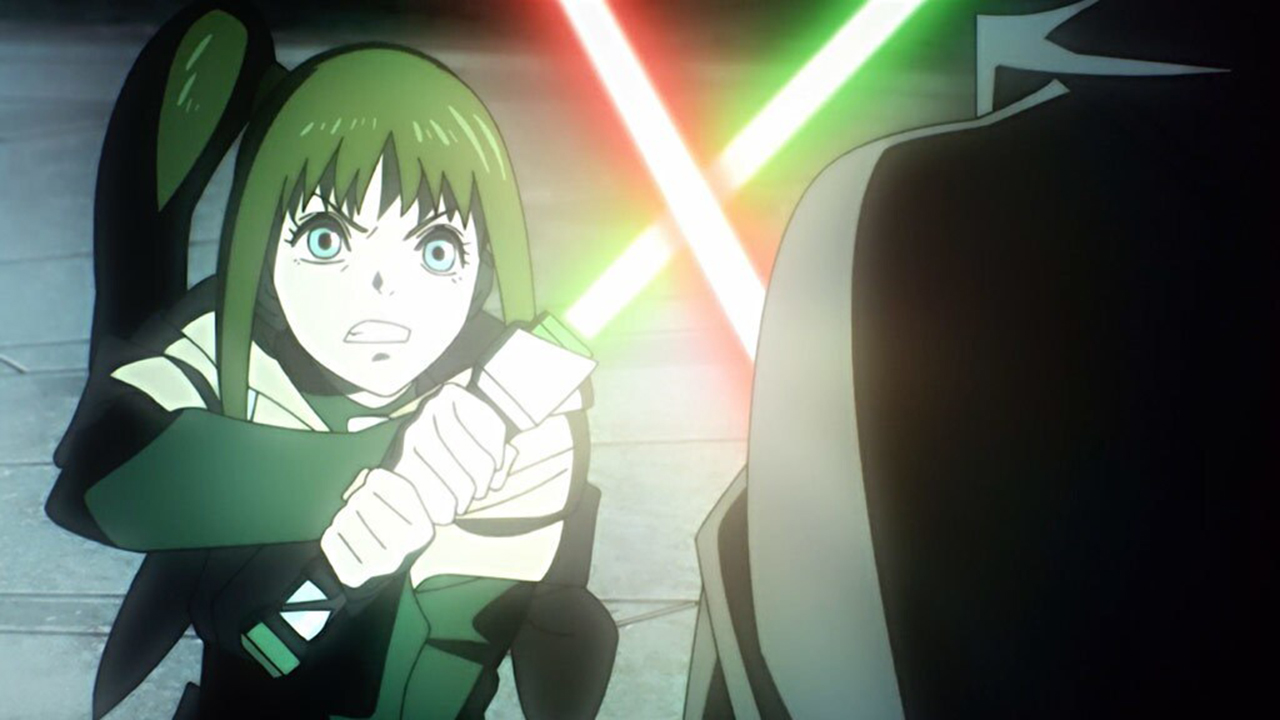Fruit flies in space! Chinese astronauts show off experiment on Tiangong space station (video)
The study aims to assess the impacts of sub-magnetic fields and microgravity on the insects.

China's Shenzhou 19 astronauts have some winged companions to oversee aboard the country's space station.
The astronauts arrived at the Tiangong space station on Oct. 29, beginning their six-month-long stay in orbit. They have since been joined by 15 adult fruit flies and 40 pupae, which arrived aboard the Tianzhou 8 resupply mission on Nov. 15.
Researchers aim to study the growth and behavior of fruit flies to conduct research in fields such as genetics and neuroscience.
"This in-space, sub-magnetic fruit fly experiment primarily aims to study the molecular mechanisms of fruit flies in microgravity and sub-magnetic environments, as well as their movement characteristics and whether there are any changes in their biological rhythms," Zheng Weibo, researcher from the Shanghai Institute of Technical Physics under the Chinese Academy of Sciences, told China Central Television (CCTV).
Related: China's space station, Tiangong: A complete guide
"As we know, magnetic fields have a significant impact on living beings. In the future, during deep space exploration, we will be in a sub-magnetic environment, whereas in low Earth orbit, we are still under the influence of Earth's magnetic field. Therefore, we have created a sub-magnetic environment inside the space station, while also maintaining an Earth's magnetic field environment for comparison this time," Zheng said.
The study is described as the first aiming to assess the combined effects of microgravity and sub-magnetic fields on living beings and understand their impacts.
Get the Space.com Newsletter
Breaking space news, the latest updates on rocket launches, skywatching events and more!
Li Yan, head of the project, said that frozen fruit fly samples will be returned to Earth. Back on the ground, gene expression within the samples will be compared to that of parallel groups. The aim is to analyze the effects of microgravity, the lack of magnetic field and the combined impact of both conditions on the flies.
Fruit flies, which are often used in genetic experiments due to their short life cycle with fast reproduction capabilities, have a long history in spaceflight. They were first launched into Earth's upper atmosphere in 1947 and have been sent to the International Space Station on a number of occasions, including in 2015 to help better understand how the human body fights infections.
Join our Space Forums to keep talking space on the latest missions, night sky and more! And if you have a news tip, correction or comment, let us know at: community@space.com.

Andrew is a freelance space journalist with a focus on reporting on China's rapidly growing space sector. He began writing for Space.com in 2019 and writes for SpaceNews, IEEE Spectrum, National Geographic, Sky & Telescope, New Scientist and others. Andrew first caught the space bug when, as a youngster, he saw Voyager images of other worlds in our solar system for the first time. Away from space, Andrew enjoys trail running in the forests of Finland. You can follow him on Twitter @AJ_FI.









